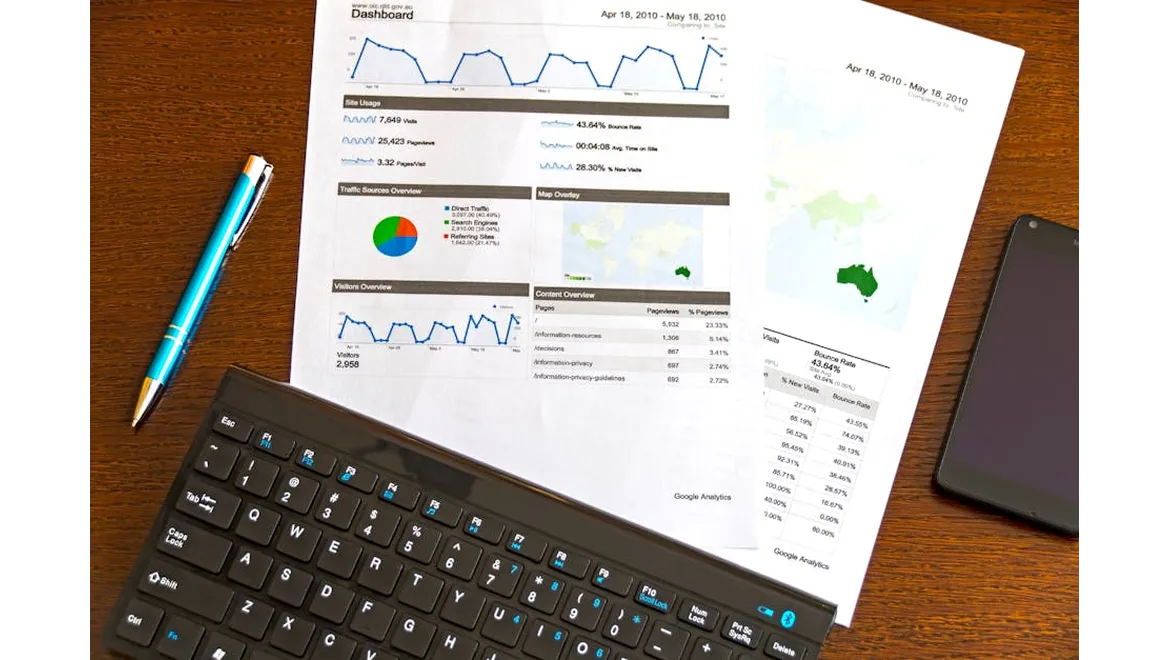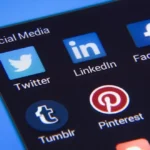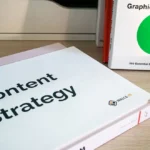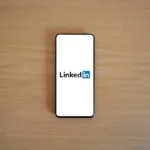Right, let’s talk reputation. In today’s hyper-connected world, it’s not just about what you say, but who you’re saying it to, and how they’re interpreting it. I’ve seen firsthand how quickly a small spark can turn into a roaring inferno online, and how accurate audience insights are the fire extinguisher (and the fire starter, in the good way) that can save your bacon.
Social media has given everyone a megaphone. That’s fantastic for getting your message out there, but it also means that positive and negative sentiment is amplified like never before. A happy customer’s rave review can go viral, boosting your brand image exponentially. Conversely, a single negative experience, shared widely, can damage your reputation in the blink of an eye. Trust me, I’ve been there.
A few years back, during a product launch, we completely misread the room. We had a killer product, but our messaging fell flat. Initial sales were underwhelming, and then…the backlash began. Social media erupted. People were offended by our tone, our imagery, even our choice of spokesperson! We were scrambling, firefighting every comment, and making things worse. That was when we realised we were essentially shouting into the void, hoping someone would hear us, without understanding who was on the other side of the void.
That was our wake-up call. We desperately needed to get serious about audience segmentation and psychographic profiling. What exactly does this mean? Audience segmentation involves dividing your audience into groups based on shared characteristics – demographics like age, location, income, and gender are a good start. Psychographic profiling goes deeper, looking at their values, interests, lifestyles, and attitudes. Think of it as moving from a broad brush to a fine-tipped pen.
So, how can you actually do this? Well, there are several avenues to explore:
- Analytics is your best friend: Dive deep into your website analytics, social media insights, and CRM data. Tools like Google Analytics, Facebook Insights, and even your email marketing platform will offer a wealth of information about your audience’s behaviour, interests, and demographics.
- Social Listening is your ears to the ground: Monitor social media conversations for mentions of your brand, your competitors, and relevant industry keywords. This helps you understand what people are saying about you and identify emerging trends or potential crises. I favour Brandwatch, but there are lots of options, so experiment!
- Surveys & Polls: Don’t be afraid to ask! Direct feedback from your audience is invaluable. Use surveys and polls to gather data on their preferences, opinions, and needs. Keep it short, keep it simple, and offer an incentive for participation.
- Customer Interviews: Quantitative data is fantastic, but don’t underestimate the power of qualitative insights. Conduct interviews with your key customer segments to gain a deeper understanding of their motivations and pain points. These are goldmines of information if conducted correctly.
Now, where the real magic happens is in applying these insights to improve your communication and public relations. Let’s break down how:
- Tailored Communication Strategies: Armed with accurate audience profiles, you can craft communication strategies that resonate with specific groups. During our product launch crisis, we realised our messaging was appealing to no one because it was trying to appeal to everyone. We needed to create tailored campaigns that spoke directly to the needs and values of each segment. We adjusted our language, our visuals, and even the platforms we used to reach different groups.
- Crisis Management: This is where audience insights become critical. When a crisis hits, understanding your audience’s concerns and values is essential for crafting an effective response. A generic apology simply won’t cut it. You need to address the specific concerns of each segment and demonstrate that you are listening and taking action. This isn’t about damage control, it’s about regaining trust.
- Amplifying Positive Narratives: It’s not just about damage control, it’s about proactively building a positive reputation. By identifying your brand advocates and understanding what motivates them, you can empower them to share their positive experiences with your brand. This can involve creating content that resonates with their values, offering exclusive perks, or simply engaging with them on social media.
The turnaround after we implemented a segmented approach was remarkable. We saw a significant improvement in brand sentiment, customer engagement, and ultimately, sales. We weren’t just shouting into the void anymore; we were having meaningful conversations with the right people, in the right way.
So, what have we learned? In today’s interconnected world, ignoring the power of accurate audience insights is like navigating a ship without a compass. By understanding your audience’s demographics, psychographics, and online behaviour, you can craft communication strategies that resonate with them, manage your reputation effectively during a crisis, and amplify positive narratives to build trust and loyalty. You have the tools at your fingertips, embrace them!











